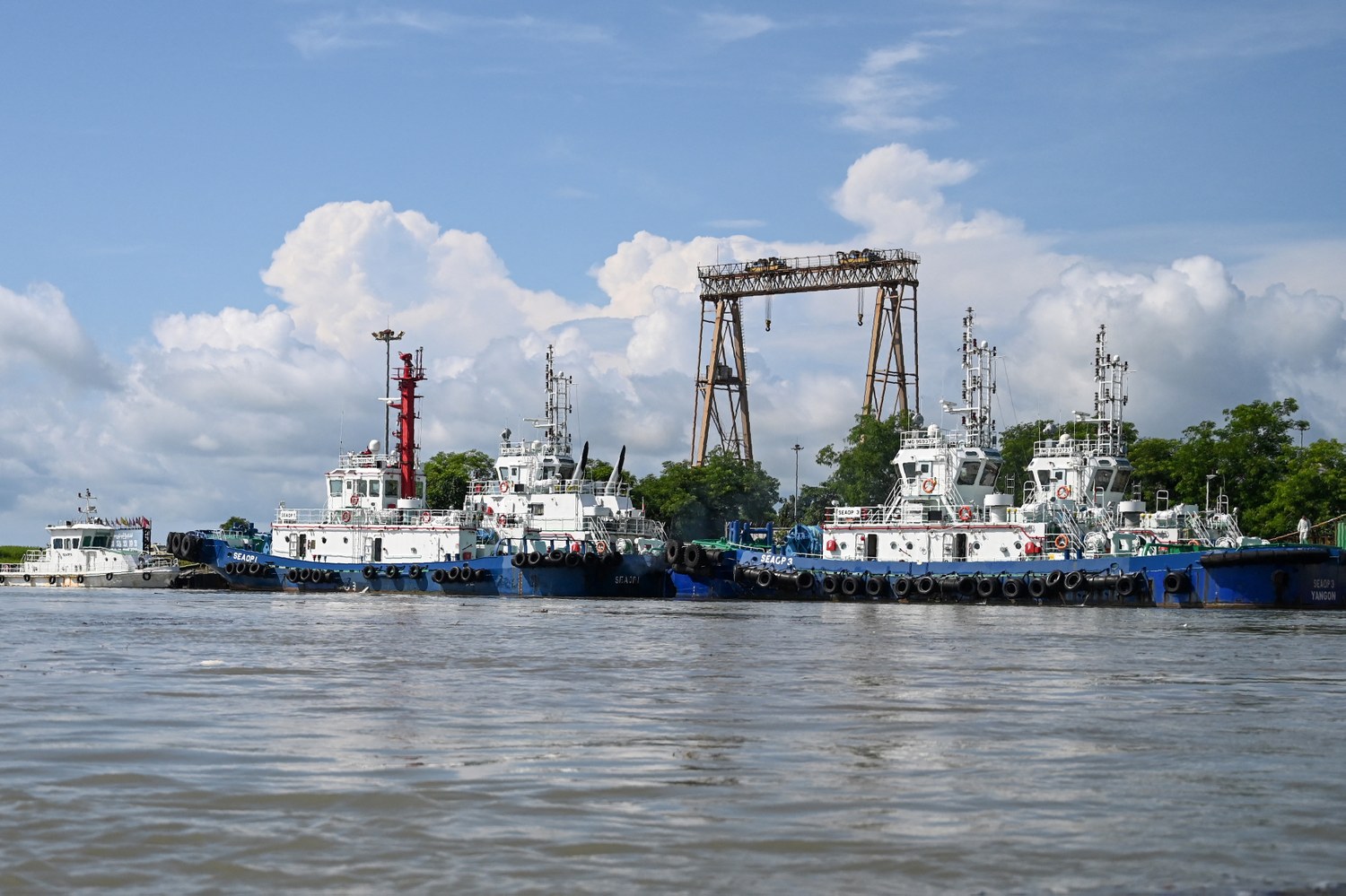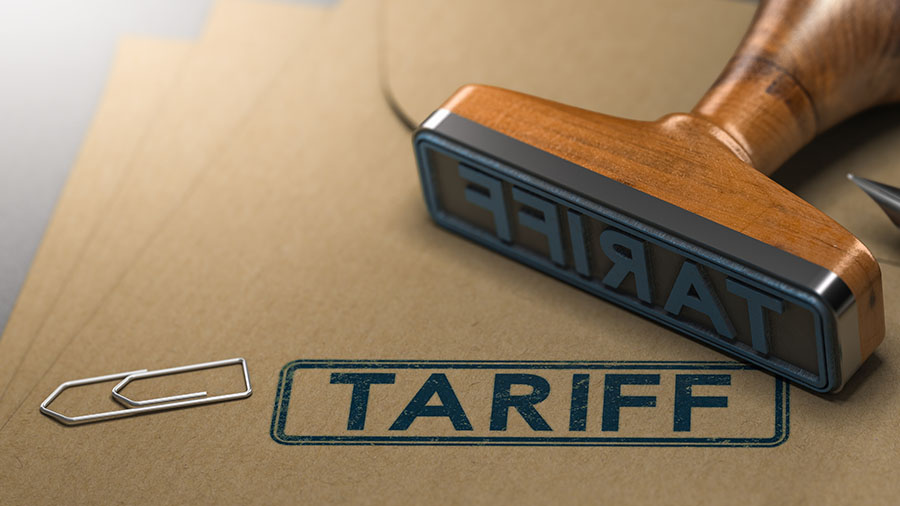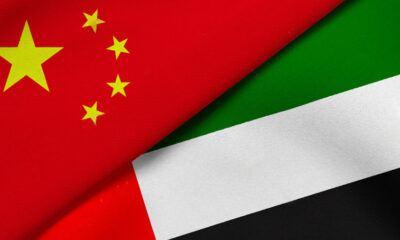China
Zoned out: China-Myanmar Economic Corridor still going nowhere

As Myanmar’s economy continues to skid, with soaring inflation, a depreciating kyat, and flat revenue, junta leader Min Aung Hlaing seems to be looking for a few Chinese-backed marquee projects to kickstart growth, and ensure Beijing’s long-term commitment to the State Administrative Council, as the regime is formally known.
In August Min Aung Hlaing called for the completion of the Kyaukphyu special economic zone (SEZ) and container port, while engineering work is starting on the 810 km railway connecting Kyaukphyu with Muse, a city on the Myanmar-China border.
The project in western Myanmar has evolved and absorbed different components since a 2011 memorandum of understanding for the Kunming-Kyaukphyu railway led eventually to a set of projects under China’s ambitious $1 trillion Belt and Road Initiative.
But as the BRI prepares to celebrate its tenth anniversary at a summit in Beijing in October, China, unhappy with the slow pace of CMEC implementation, looks unlikely to extend an invitation to Min Aung Hlaing, denying him the recognition that he covets.

Chinese projects in Myanmar were facing trouble before Min Aung Hlaing overthrew the country’s elected government on Feb. 1, 2021. Now they are beset by unrest, power shortages and transport woes.
Kyaukphyu began as a small port for offshore and imported oil, as well as being the land terminus for the Shwe gas field. The 51-49 joint venture between China National Petroleum Company and the Ministry of Oil and Gas Enterprises constructed a pier and 12 tanks, which commenced operations in 2013.
The US$2.5 billion 750 km oil pipeline and 770 km gas pipeline to Kunming became fully operational in 2017. That year, PetroChina opened up a refinery in Kunming that was able to handle 7% of China’s total refining needs.
These pipelines were China’s strategic priority, but Beijing had other goals for linking landlocked southwestern China to the Indian Ocean. China saw the project as a way to address what then Chinese President Hu Jintao described in 2003 as the “Malacca dilemma” of vulnerability to a naval blockade of the Southeast Asian waterway which carries two-thirds of China’s energy imports and trade flows.
In 2018, the two sides established the China-Myanmar Economic Corridor (CMEC) to jumpstart the projects as part of the BRI, the signature project of Hu’s successor Xi Jinping. Beijing also saw as supporting Myanmar’s National Ceasefire Agreement signed by some ethnic armies in 2015 to end years of hostilities with the government.
All existing Myanmar projects were folded into the CMEC, and still there was little movement. Two of the first MOUs were a feasibility study for the first phase of the railway project and an environmental and sustainability impact study of Kyaukphyu.
Ambitious projections
A December 2015 tender between the government of reformist military leader Thein Sein and a consortium of Chinese corporations led by the state controlled investment company, CITIC, established the Kyaukphyu SEZ and deepwater port. The $7.3 billion project was 85% owned by the Chinese consortium.
The phased project included the 1,736 hectare Kyaukphyu SEZ followed by two deep water container ports on Maday and Ramree islands. At capacity, 270 and 237 hectares ports would be able to berth 10 ships at once and handle 4.9 million containers annually.
There were wild promises by CITIC, including projections of adding $10 billion to GDP annually and the creation of 100,000 new jobs. But little happened.
And there was already pushback from the elected National League of Democracy government led by Aung San Suu Kyi . Fearful of a scenario that played out when Sri Lanka became heavily indebted to China, in 2018, the Suu kyi administration renegotiated the agreement, lowering China’s stake to 70% as well as decreasing the overall debt for the project. But the ethnic cleansing and violence in Rakhine state, the location of the port facility, kept everything at a standstill.
Xi Jinping’s January 2020 visit to Myanmar took advantage of Aung San Suu Kyi’s diplomatic isolation following the forced expulsion of Rohingya Muslims in 2017 that led to UN genocide charges. More than 30 agreements were signed, many of which related to Kyaukphyu and its rail links.
Days before the February 2021 coup, Chinese Foreign Minister Wang Yi met with Suu Kyi to push for the quick implementation of CMEC projects, including Kyaukphyu.

Seven months after the military seized power, site work began on the 1,740 hectare site. But there were immediate protests from the 20,000 people who were being displaced and harbored mistrust over promised compensation. Unrest was also fueled by civil disobedience against the coup, and junta crackdowns and arrests of local officials and activists.
Another impediment for the project is the regional shortage of electricity. In 2019, a Hong Kong based firm, VPower, which is partially owned by CITIC, won an emergency tender to provide electricity in Myanmar. By 2021, it had nine different power projects around the country, including three in Kyaukphyu.
Yet, the firm shut down the 200mw Kyaukphyu II project in mid-2021, despite it being a 60-month contract. By 2022, VPower had shut down the Kyaukphyu I plant. Both were dismantled.
The firm cited a number of factors in the closing of the plants, including irregular supply of LNG, currency controls and other issues related to the post-coup investment climate. Left unsaid was the government’s inability to pay for the amount of electricity that it contracted for and to pay the sum in U.S. dollars.
That left only one power plant in Kyaukphyu, a 135mw gas-fired plant, a 2020 joint venture between VPower, CNTIC, and Myanmar’s Supreme Group. It was still in operation in early 2023, though there are reports that it has recently closed.
Underwriting the junta
Without power, little is progressing. In March 2023, a Chinese company signed a MOU to provide 100 mw of wind energy in Kyaukphyu, along with 150mw and 110 mw wind farms in nearby townships. Construction is to be completed in 2025.
An Environment and Social Impact Assessment is…
Read the rest of this article here >>> Zoned out: China-Myanmar Economic Corridor still going nowhere
China
China’s New Tariff Law: Streamlining and Standardizing Current Tariff Regulations

China’s new Tariff Law consolidates import and export duties, clarifies rules for imposing counter-tariffs, and sets a December 1, 2024 effective date. It codifies existing practices on cross-border e-commerce and rules on the origin of goods into law, impacting trade relations.
China’s new Tariff Law consolidates rules on import and export duties that were previously implemented via several legal documents and makes important clarifications and additions to prior regulations. Among other changes, it stipulates provisions for the Chinese government to impose counter-tariffs on imported goods, codifying these powers into law for the first time. We outline all the notable updates to the China Tariff Law and discuss the implications for the country’ current trade relations.
On April 26, 2024, the National People’s Congress (NPC), China’s legislature, adopted the Tariff Law of the People’s Republic of China (the “Tariff Law”) after several rounds of revisions.
The new Tariff Law will replace the Import and Export Tariff Regulations of the People’s Republic of China, which fall under the purview of the State Council, and adopts many of its provisions.
Previously, Chinese law had not stipulated legislative powers to implement countervailing tariffs, although China was nonetheless able to impose counter-tariffs on trade partners through other means.
China’s new Tariff Law comes into effect on December 1, 2024.
China’s Tariff Law elevates several existing provisions and practices to the level of law. For instance, Article 3 of the Tariff Law clarifies the obligations of cross-border e-commerce platforms for tariff withholding and implementing consolidated taxation.
The Tariff Law also solidifies the rules and regulations on the origin of goods, stipulating that the application of tariff rates shall comply with the corresponding rules of origin. Although this has been previously implemented in practice, it is the first time this has been codified into law.
This article is republished from China Briefing. Read the rest of the original article.
China Briefing is written and produced by Dezan Shira & Associates. The practice assists foreign investors into China and has done since 1992 through offices in Beijing, Tianjin, Dalian, Qingdao, Shanghai, Hangzhou, Ningbo, Suzhou, Guangzhou, Dongguan, Zhongshan, Shenzhen, and Hong Kong. Please contact the firm for assistance in China at china@dezshira.com.
China
Outlook on Bilateral Trade and Investment between China and United Arab Emirates (UAE)

The UAE and China have a strong partnership, with the UAE being China’s top trade partner in the Arab world. Both countries collaborate on various sectors like logistics and technology, showcasing mutual commitment to economic growth and global cooperation. High-level trade and investments continue to drive their relationship.
The UAE and China share a robust partnership integral to both countries’ development and foreign policy goals, exemplifying a model of collaboration. Bilateral trade thrives, with the UAE as China’s top trade partner in the Arab world, while investments span key sectors like logistics and technology. This comprehensive strategic partnership continues to evolve, showcasing mutual commitment to economic growth and global cooperation.
The United Arab Emirates (UAE) holds a significant position in China’s trade and commercial connections within the Middle East, particularly in the Arab Gulf region. This partnership is integral to China’s broader strategic initiatives, including the Belt and Road Initiative (BRI), which the UAE actively supports.
Additionally, the UAE plays a crucial role in advancing China’s foreign policy objectives, such as enhancing South-South cooperation, particularly in technical collaboration among developing nations and the Global South in areas like resources and technology.
In this article, we delve into the dynamics of bilateral trade and investment between the UAE and China, exploring the key factors driving their economic relationship and the opportunities it presents for mutual growth and prosperity.
China and the UAE first established their diplomatic relations in 1984. While China has an embassy in Abu Dhabi and a consulate general in Dubai, the UAE has a consulate general in Hong Kong and an embassy in Beijing. China and the UAE have long been close partners, collaborating extensively on economic, political, and cultural fronts.
In 2018, Chinese President Xi Jinping went on a state visit to the UAE, making history as the first Chinese head of state to visit the country in the previous 29 years. The visit was instrumental in lifting bilateral relations to a ‘comprehensive strategic partnership’.
High-level trade has always been the foundation of bilateral ties. Bilateral commerce between China and the UAE reached new heights in 2021, surpassing US$75.6 billion. Additionally, as of 2022, about 6,000 Chinese businesses operate in the UAE, with a sizable Chinese population working primarily in the infrastructure and energy sectors. The UAE is also China’s second-largest economic partner in the Middle East, after Saudi Arabia.
This article is republished from China Briefing. Read the rest of the original article.
China Briefing is written and produced by Dezan Shira & Associates. The practice assists foreign investors into China and has done since 1992 through offices in Beijing, Tianjin, Dalian, Qingdao, Shanghai, Hangzhou, Ningbo, Suzhou, Guangzhou, Dongguan, Zhongshan, Shenzhen, and Hong Kong. Please contact the firm for assistance in China at china@dezshira.com.
China
2024 Tax Incentives for Manufacturing Companies in China

China offers various tax incentives to boost the manufacturing industry. The Ministry of Finance and State Tax Administration provide guidelines on eligibility and policies. VAT exemptions and refunds are available for companies producing specific goods or services, with a monthly refund option for deferred taxes.
China implements a wide range of preferential tax policies to encourage the development of the country’s manufacturing industry. We summarize some of the main manufacturing tax incentives in China and explain the basic eligibility requirements that companies must meet to enjoy them.
China’s Ministry of Finance (MOF) and State Tax Administration (STA) have released guidelines on the main preferential tax and fee policies available to the manufacturing industry in China. The guidelines consolidate the main preferential policies currently in force and explain the main eligibility requirements to enjoy them.
To further assist companies in identifying the preferential policies available to them, we have outlined some of the main policies currently available in the manufacturing industry, including links to further resources.
For instance, VAT is exempted for:
Companies providing the following products and services can enjoy immediate VAT refunds:
Companies in the manufacturing industry that meet the conditions for deferring tax refunds can enjoy a VAT credit refund policy. The policy allows companies to receive the accumulated deferred tax amount every month and the remaining deferred tax amount in a lump sum.
The policy is not exclusive to the manufacturing industry and is also available to companies in scientific research and technical services, utilities production and supply, software and IT services, and many more.
This article is republished from China Briefing. Read the rest of the original article.
China Briefing is written and produced by Dezan Shira & Associates. The practice assists foreign investors into China and has done since 1992 through offices in Beijing, Tianjin, Dalian, Qingdao, Shanghai, Hangzhou, Ningbo, Suzhou, Guangzhou, Dongguan, Zhongshan, Shenzhen, and Hong Kong. Please contact the firm for assistance in China at china@dezshira.com.







